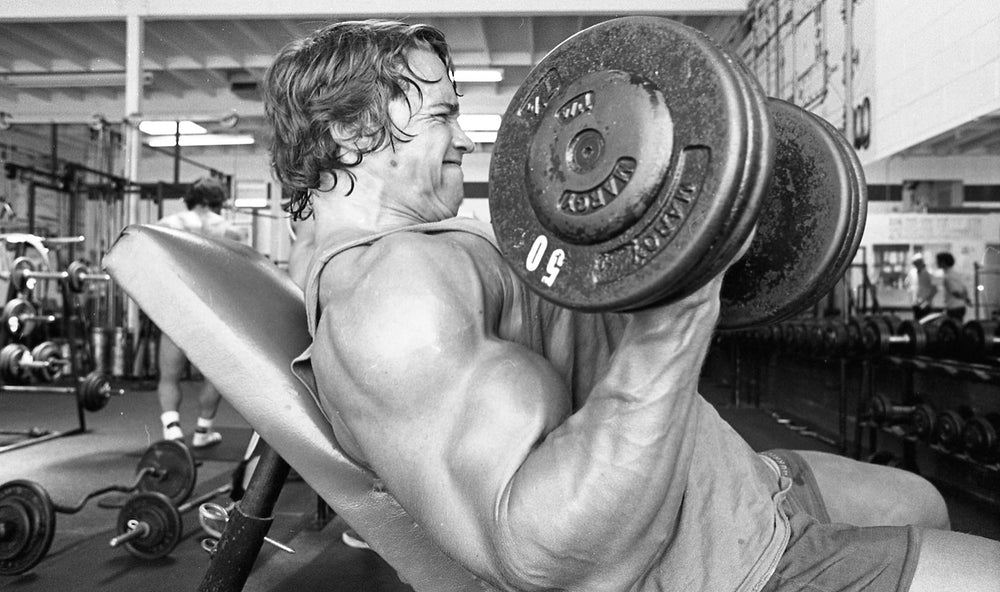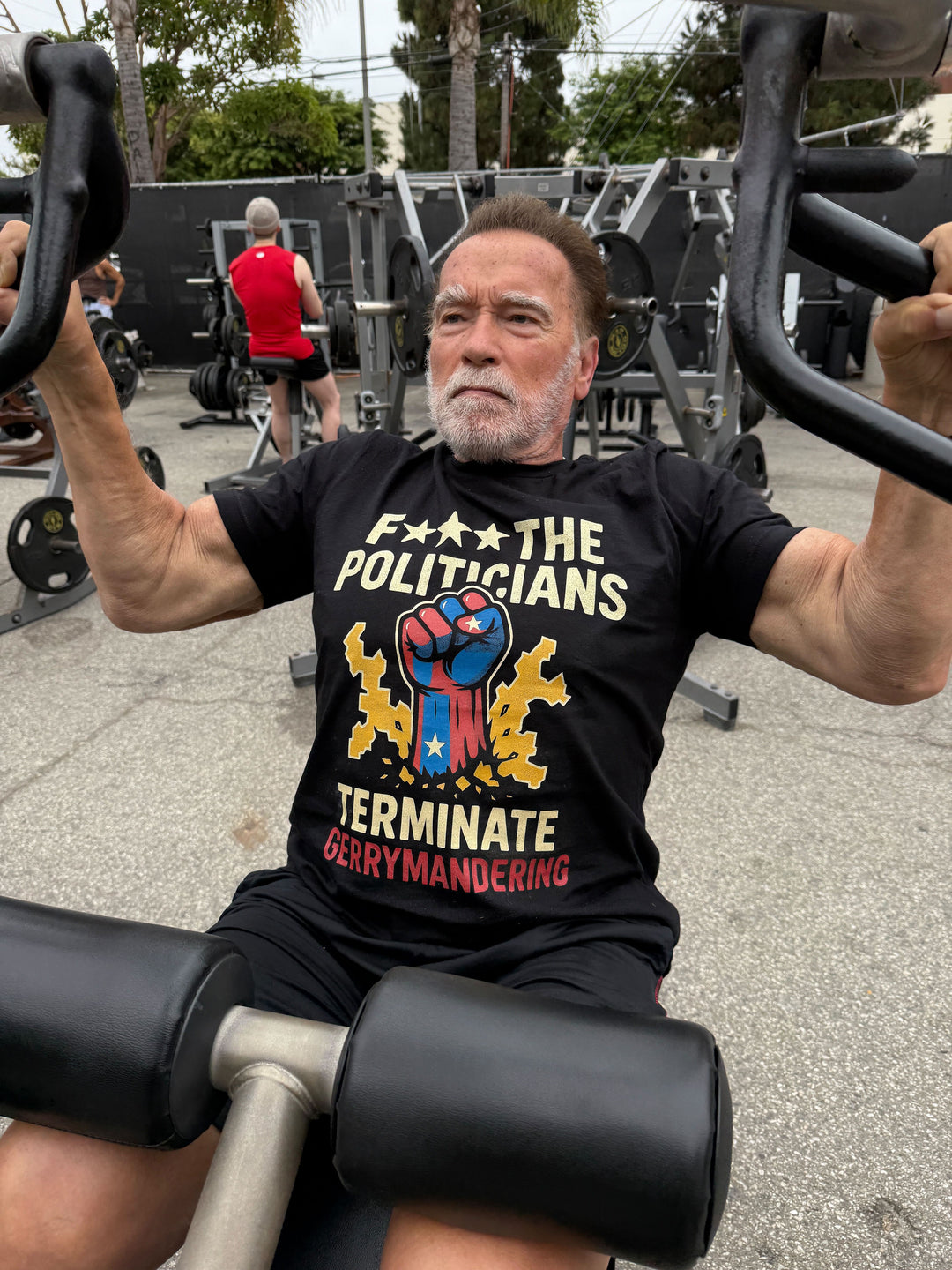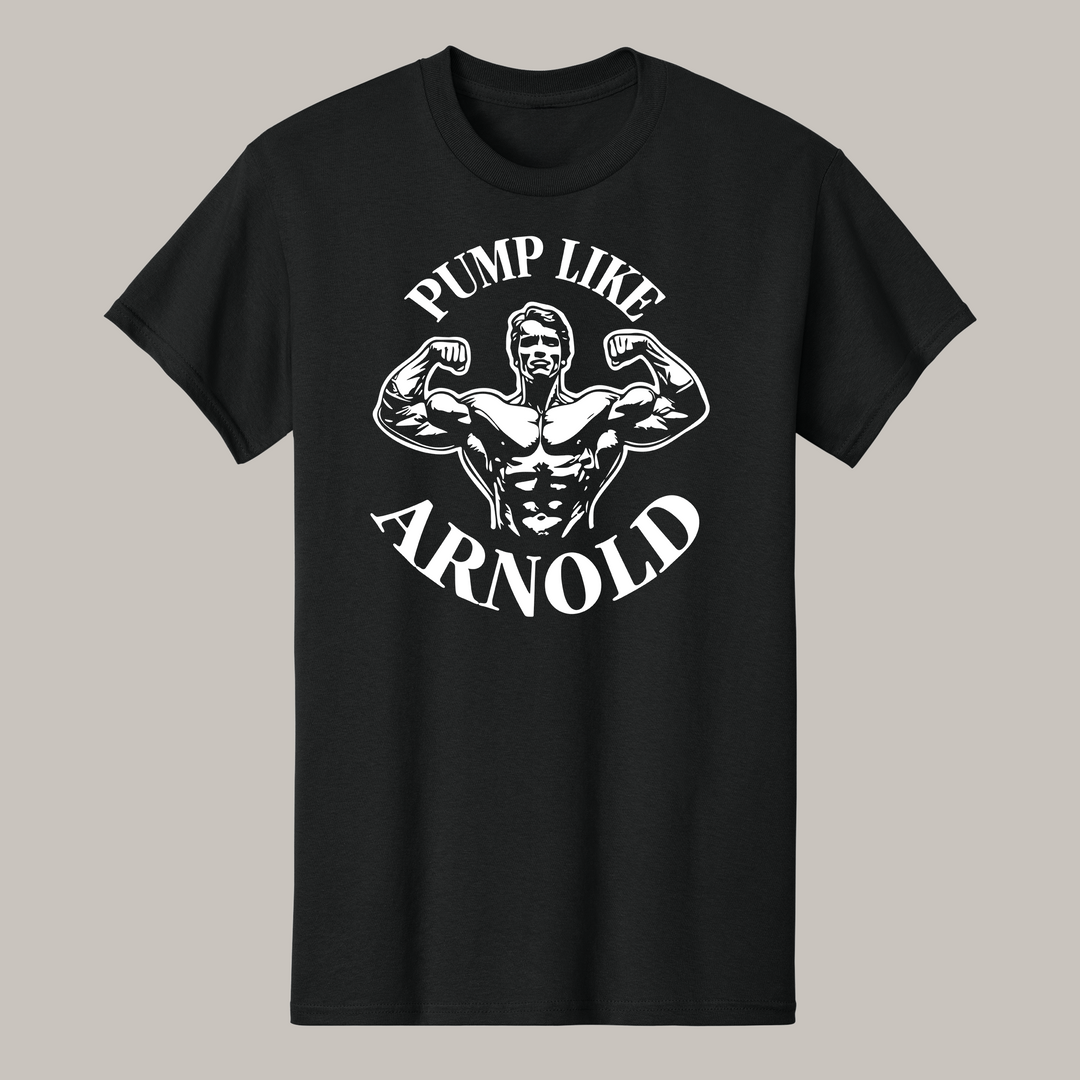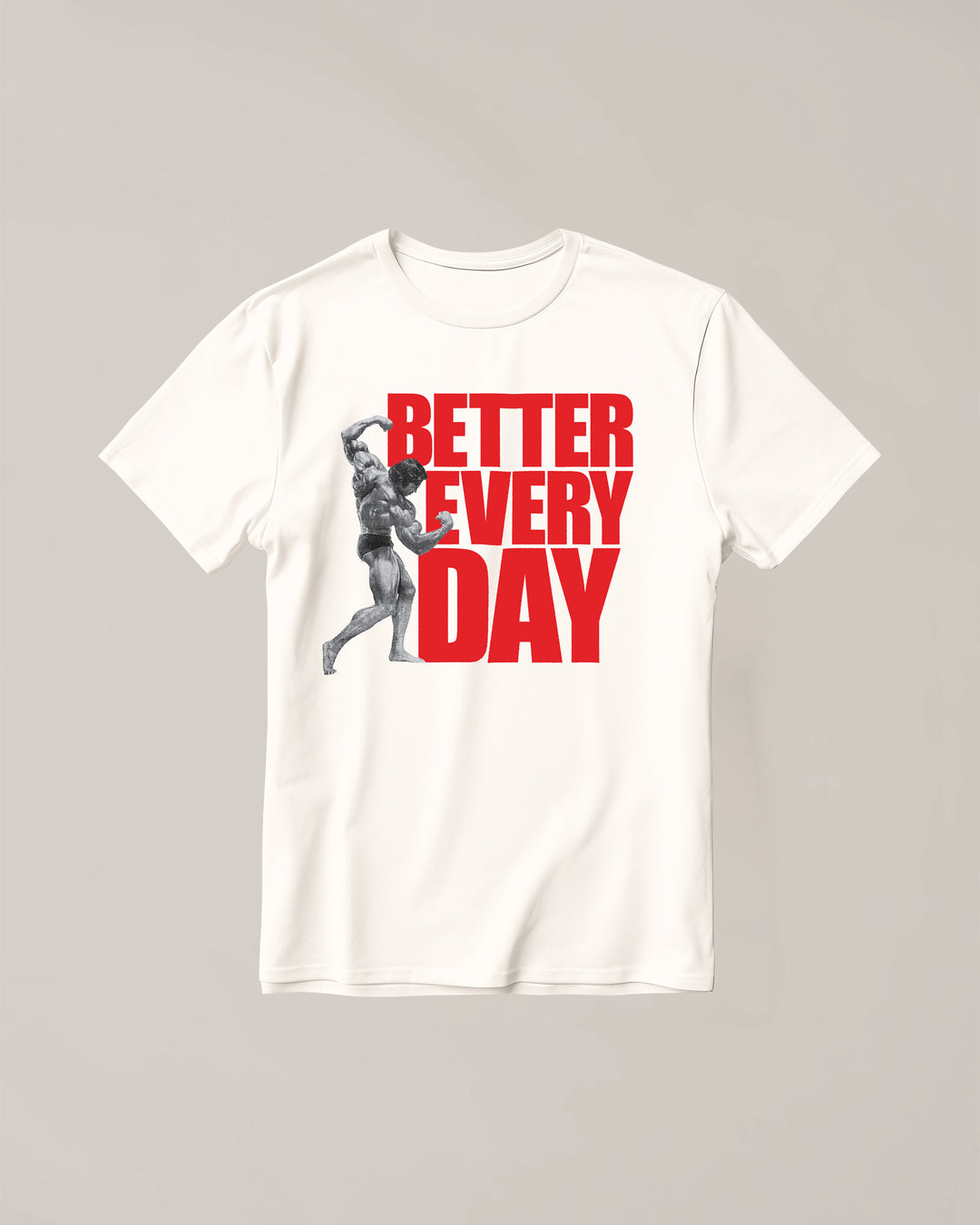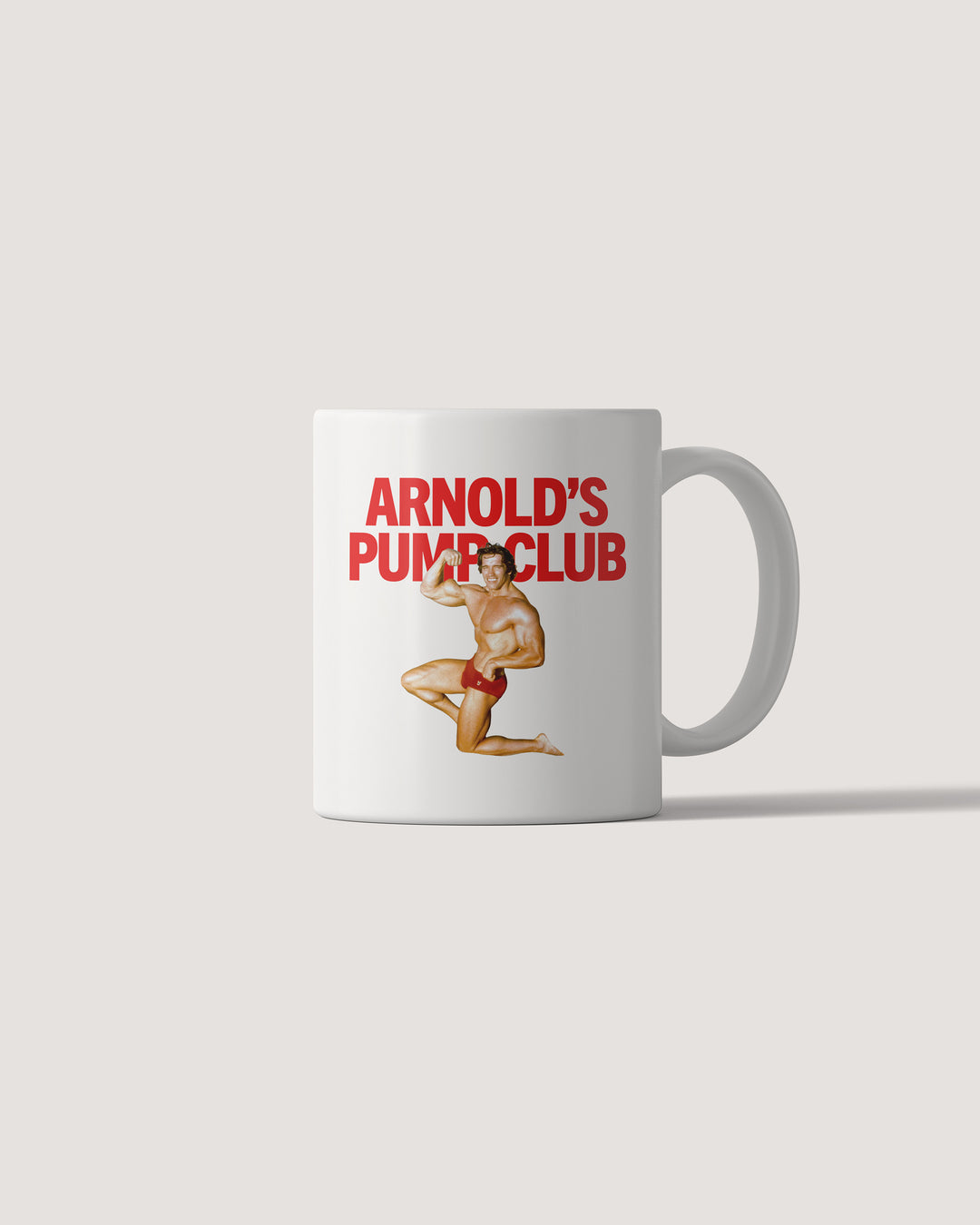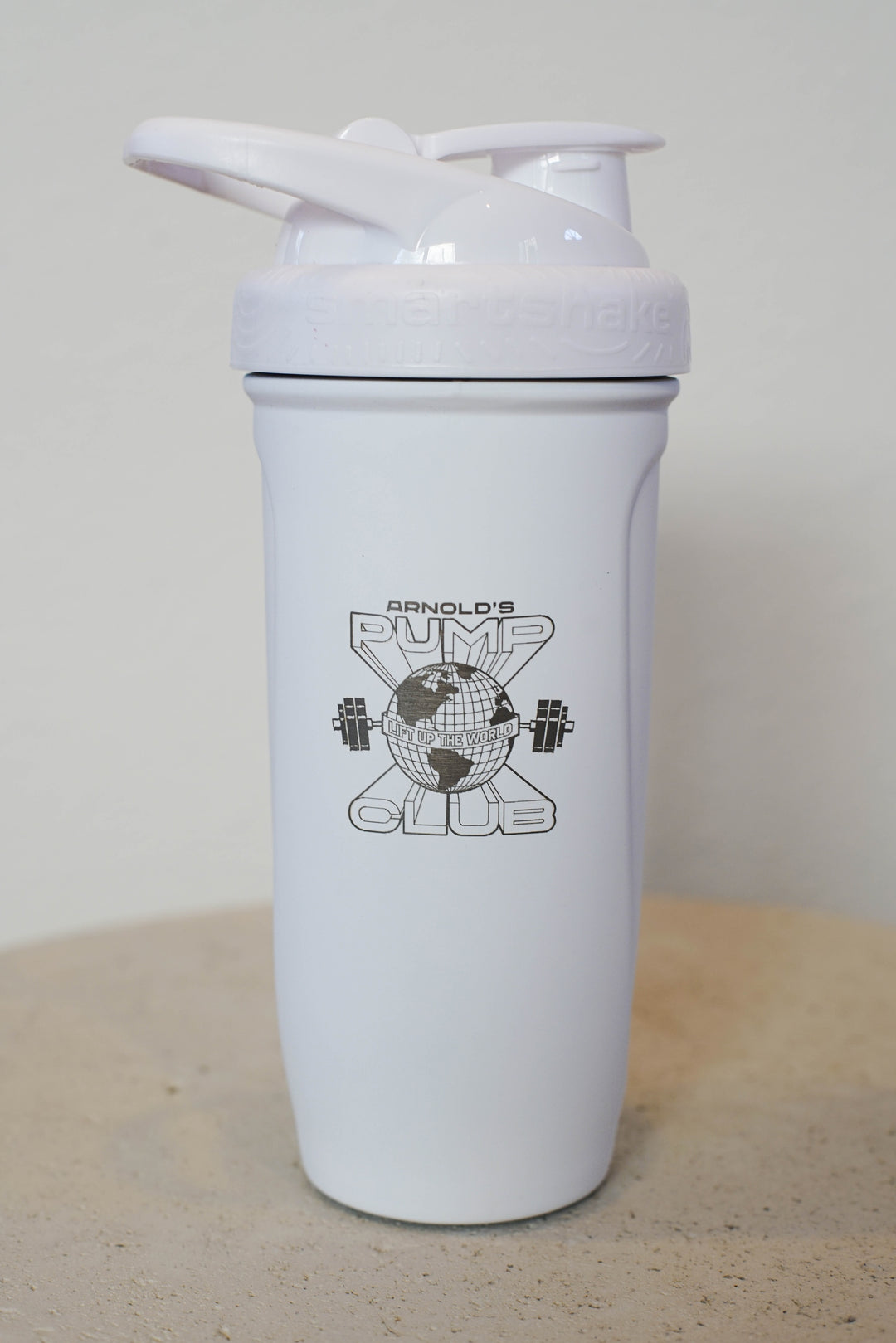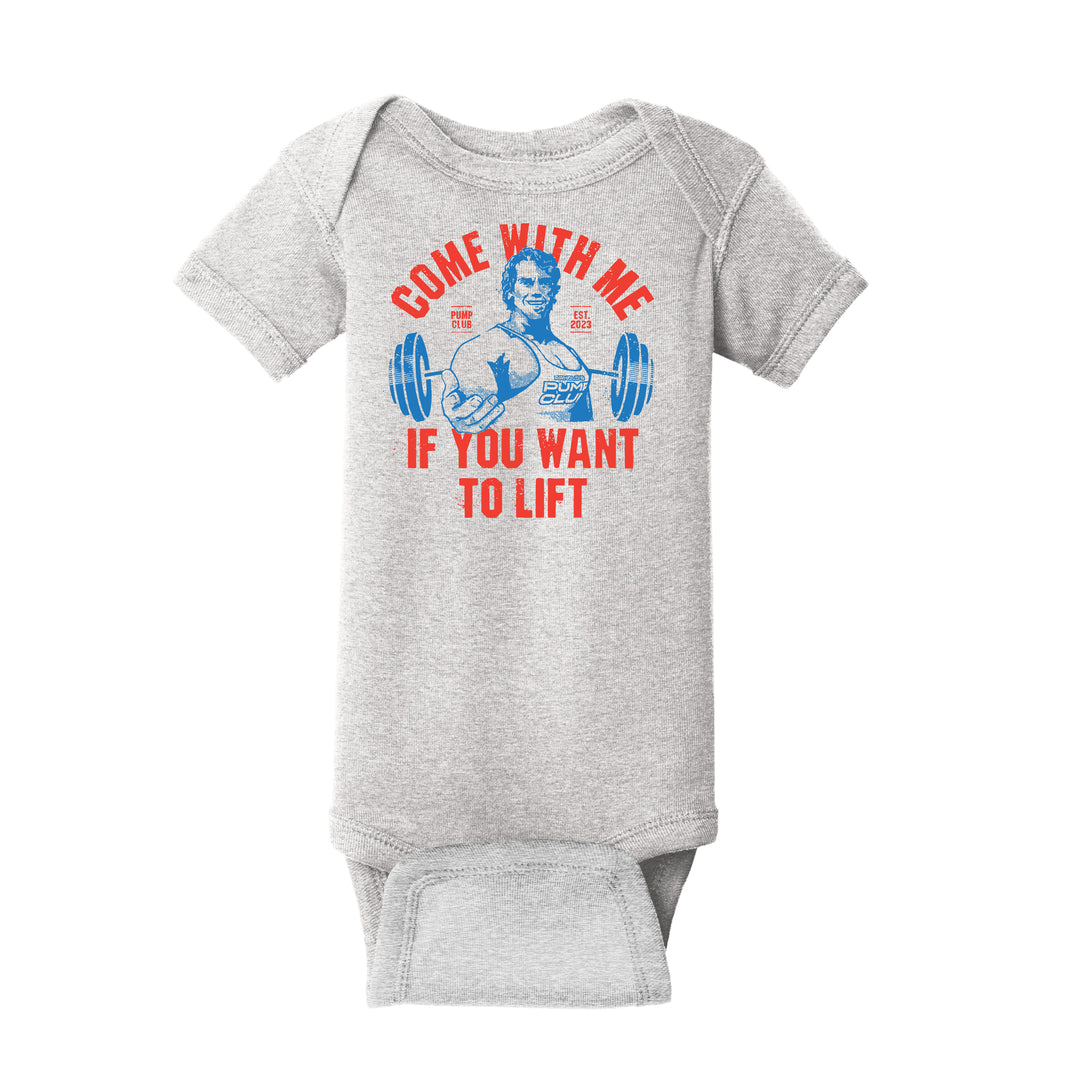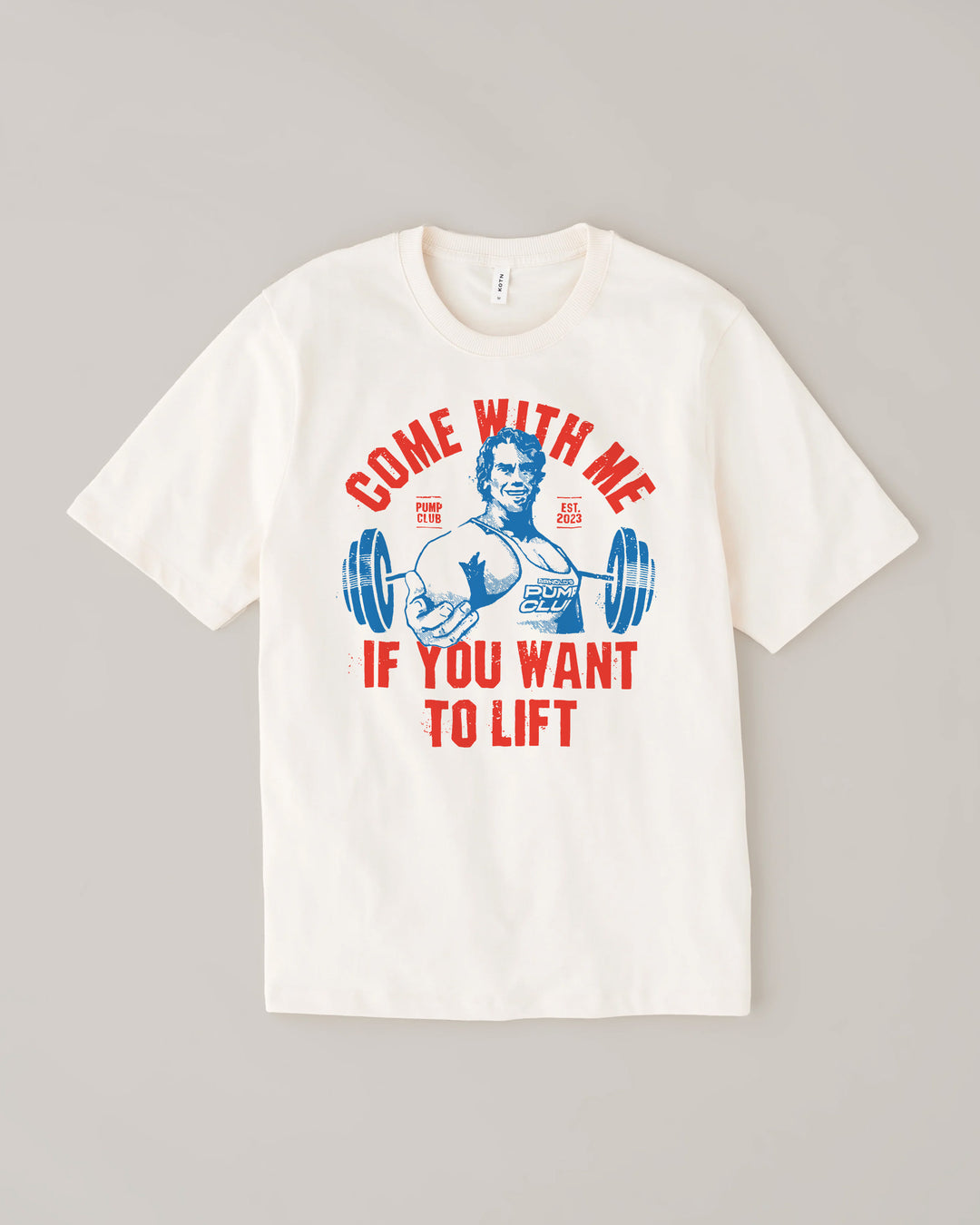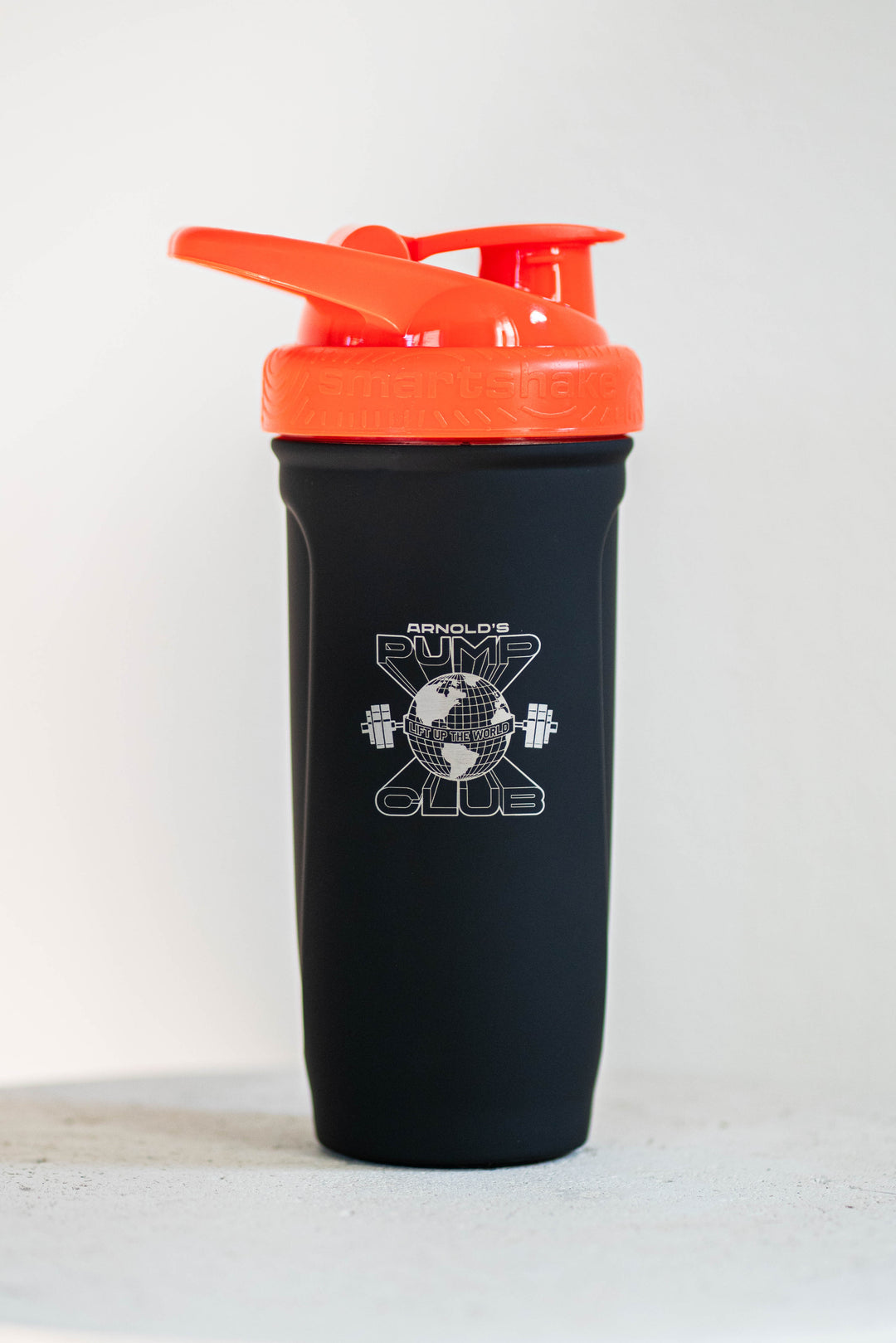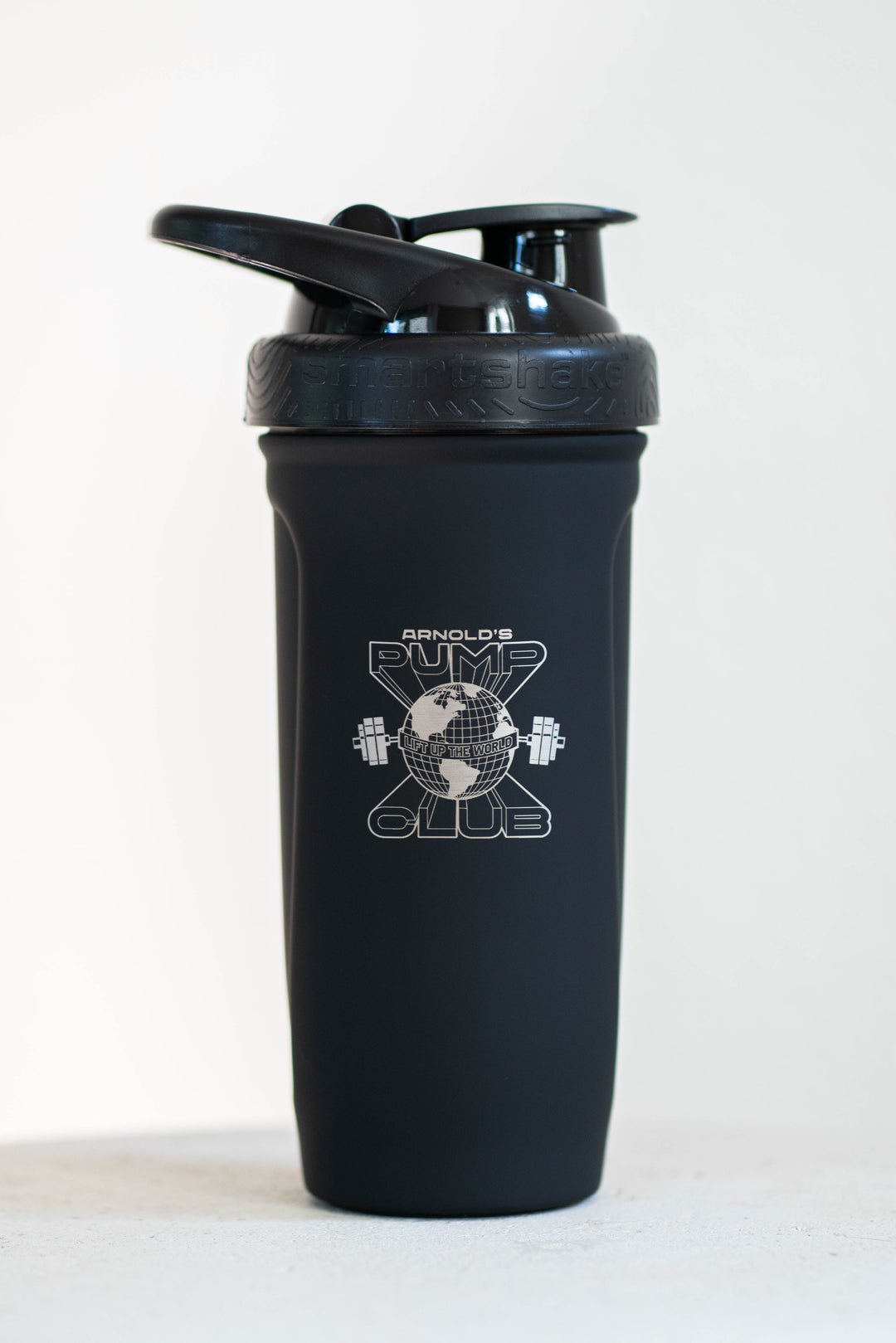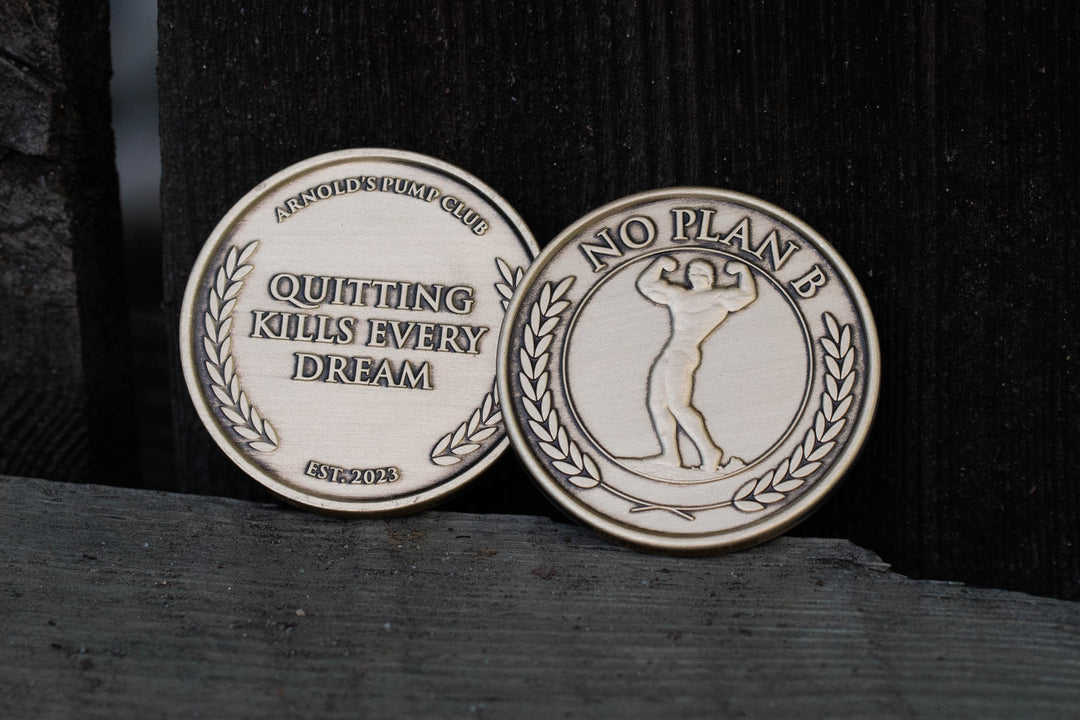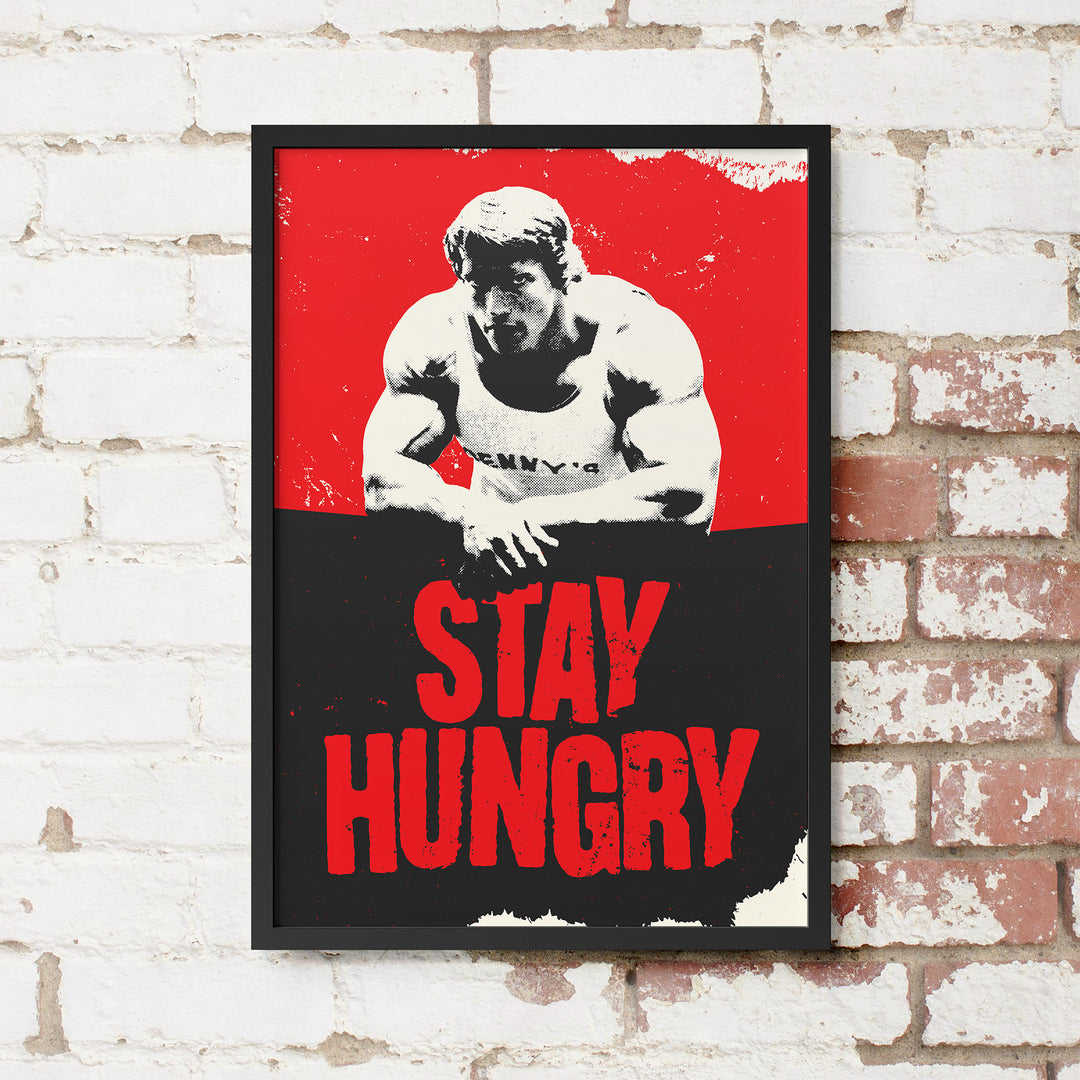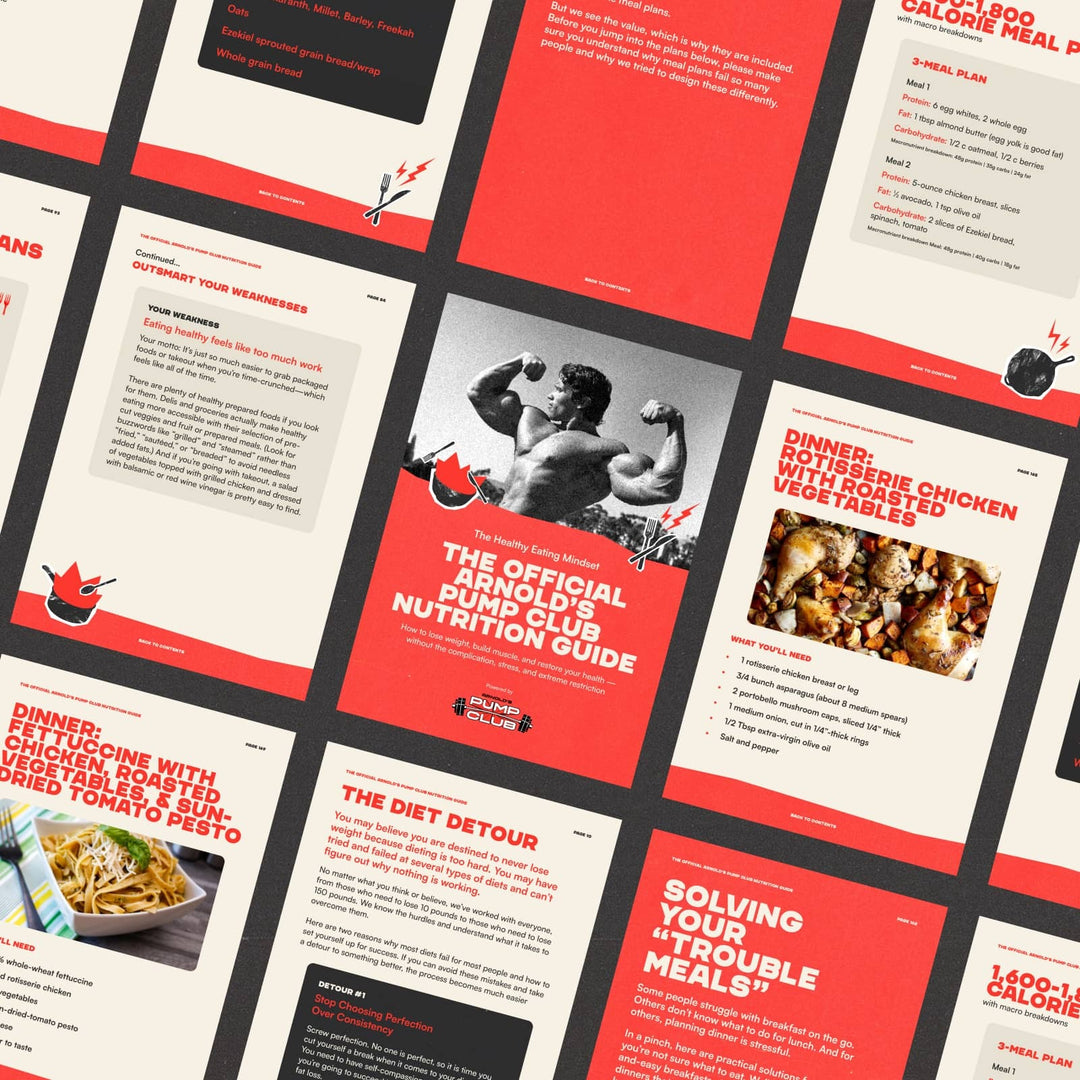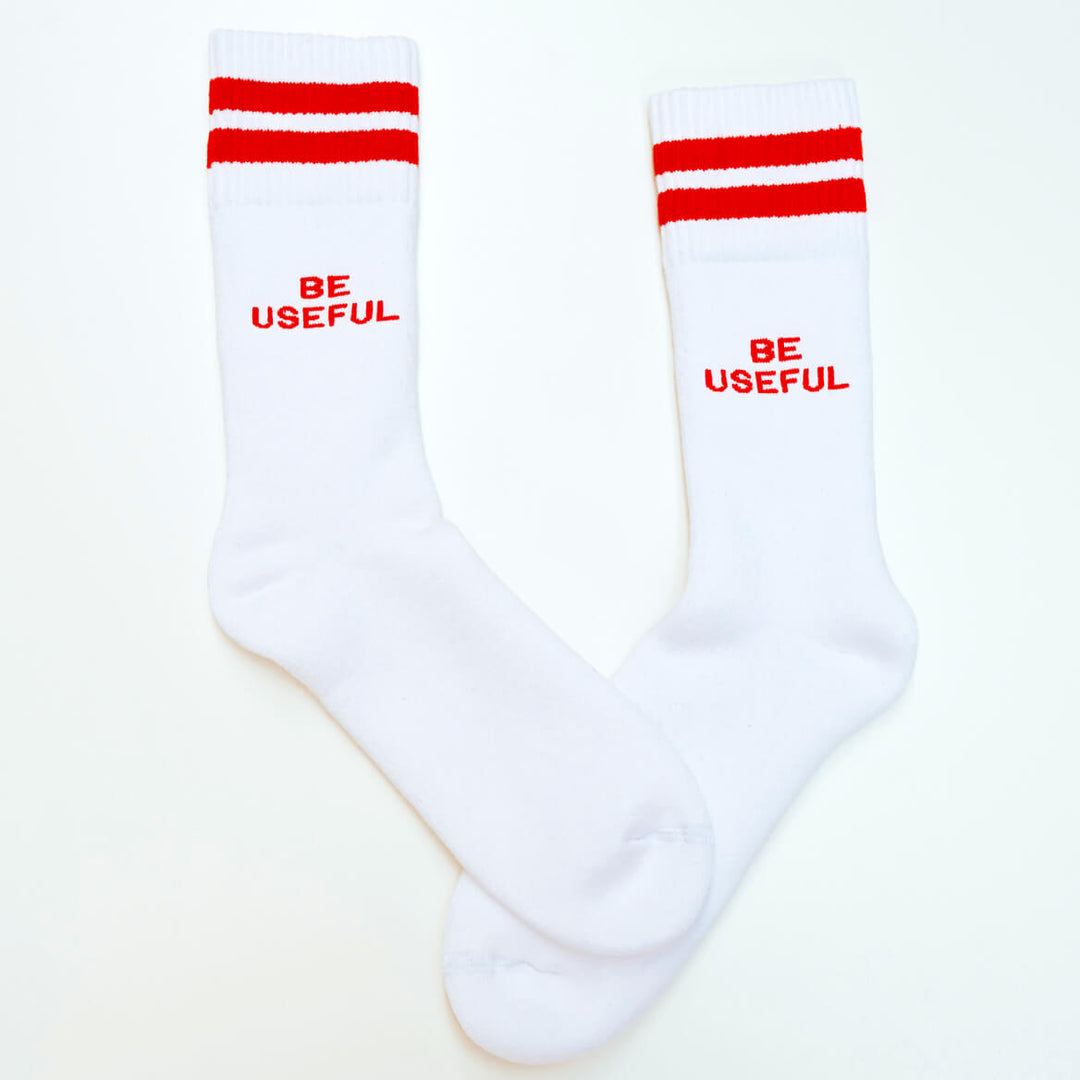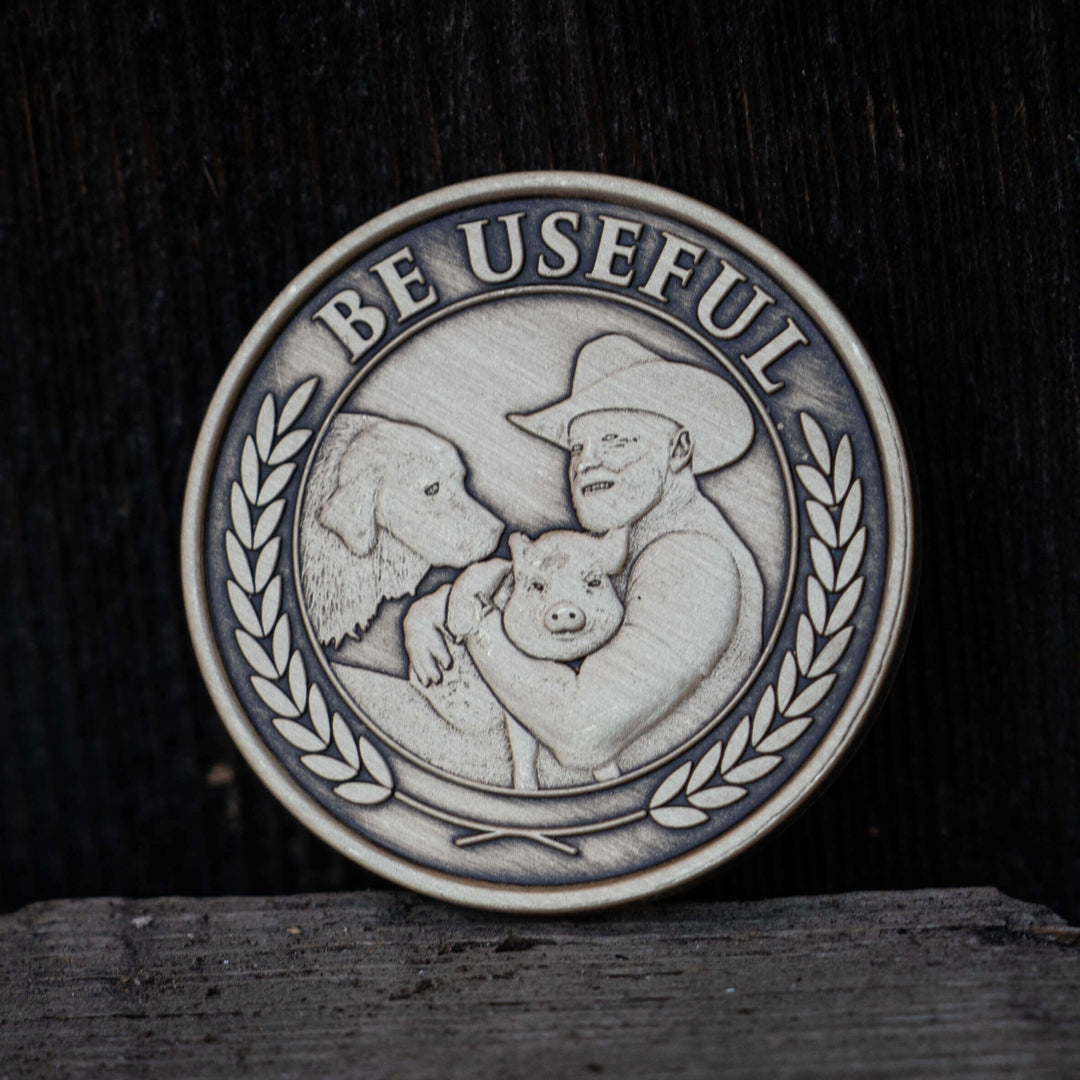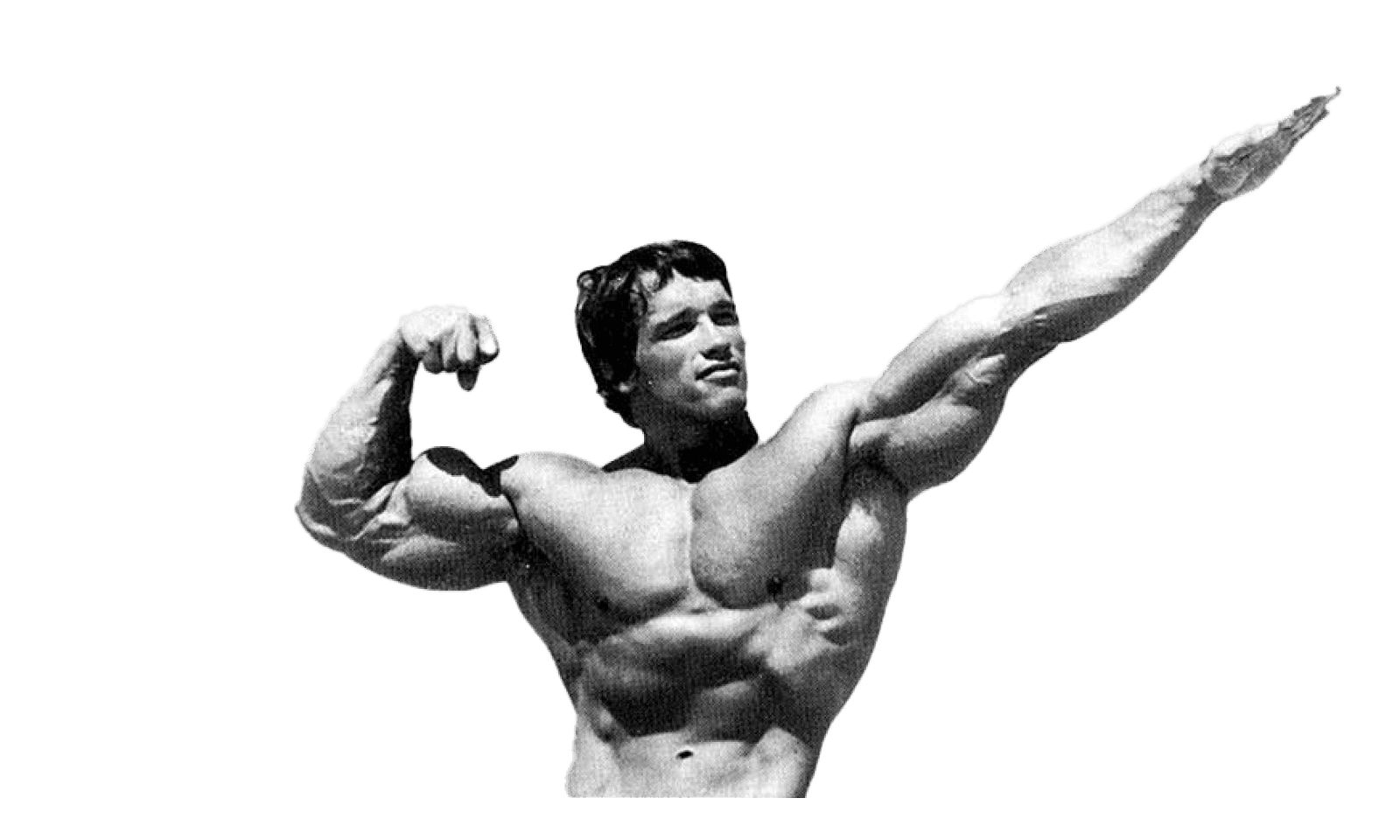Together With Momentous
Special Report: Every weekday, we provide three or four tips on keeping you healthier and happier while trying to reduce stress and focusing on the tips that matter.
This weekend, we’re addressing why so many workouts don’t seem to work. This practical guide will help you understand where you go wrong, what to adjust, and latest muscle building science. It’s a comprehensive plan that might change the way you think of training, nutrition, and supplementation — and will help you get in the best shape of your life.
Why Most People Fail to Build Muscle (And What Actually Works)
You won’t find the “Top-10 Best Muscle-Building Exercises” or “The 5 Foods You Must Eat For Mass.” Those lists are part of the deception that have caused people to spend more time thinking and worrying about what is best, instead of doing what works.
Most people want to build muscle, but most don’t know how to do it correctly. That’s because exercise science is often overshadowed by hacks and empty promises. Complicated exercises get millions of views on social media and exotic supplement routines make headlines. But they are all smoke-and-mirrors, overcomplicating the process, and forcing you to waste money and time, which means you’re doing more work than needed — all while seeing fewer results.
But what if you could simplify the process, train smarter, and build a body that gets stronger, performs better, and stays healthier for decades to come?
This special report combines Arnold’s 50 years of wisdom with the biggest breakthroughs of the last decade. We’ve distilled it into 5 principles and more than 20 tips that — if done correctly and consistently — will make you wonder why you ever did things differently.
Principle #1: Hungry Muscles Don’t Grow
Imagine telling a sculptor to create a masterpiece and then giving them no clay.
Building muscle is a lot like building any type of structure. If you don't have enough materials on hand, it doesn't matter how amazing the plan is, you’re not going to get very far.
To be clear, how you exercise will determine your ability to build muscle. That’s why the next three principles focus on how to approach your workouts.
However, the way you eat influences not only how hard you can push during your workouts and how well you recover, but also how your body can convert the food you eat into muscle. If you’re not eating the right foods or eating enough, your results will be limited.
This is why simply lifting heavier and getting stronger doesn’t result in becoming a bodybuilder. You have to work very hard — and eat far more food than you imagine — to gain much size.
So you don’t need to fear becoming too big; but if you’re not seeing any results, it might be that your muscles are starving for fuel.
You can gain muscle without overeating. And you can build muscle and lose fat at the same time. However, maximizing muscle gain requires being in a calorie surplus (eating more calories than you burn).
But if you try to bulk and convince yourself all extra calories will be used for good, you’ll be very disappointed. Your rate of fat gain can outpace your rate of muscle gain, and you end up not looking the way you imagined. That’s because you can only gain muscle so fast, and a modest calorie surplus works just as well as “eating everything in sight” and leaves you with a lot less fat to lose later.
Still, even with a conservative calorie surplus — about 250 to 500 calories per day over “maintenance” — you can minimize fat while giving your body the calories it needs to turn your work in the gym into lean muscle on your body.
The art of building muscle is about giving yourself enough calories and eating the right foods. If you're not consuming enough protein, you're cheating your body.
Protein supports many crucial functions beyond being the building blocks of muscle. Your body needs amino acids (protein) to maintain your brain, heart, visceral organs, blood vessels, skin, hair, and even the immune system.
Your body is constantly using protein (this is called protein turnover) for all of these necessities. When you add strength training, you need even more protein to help cover all of your body’s needs, such as building muscle.
This is why many people rely on protein powder to hit their needs. Because while you might get enough protein to support your body’s needs at rest, the moment you start adding exercise, your body’s need for protein increases. Protein powder isn’t superior, but it is convenient.
And if you’re not eating enough protein, not only will your body lack the nutrients it needs to build muscle, but you’ll also make it harder to progress your training.
A lack of protein can lead to more soreness and slower recovery, which can hold you back from progressing each workout.
If training is the engine for muscle growth, protein is the fuel.
At a minimum, aim for 0.6 to 1 gram of protein per pound of goal body weight per day. (or 1.6 to 2.2 g/kg of goal body weight)
Your body can absorb and digest far more protein than you’ve been told. It is not limited to 20 or 30 grams per meal. The latest research suggests you can utilize at least 100 grams of protein per meal — if not more.
If you want to maximize protein synthesis, distribute your protein across three to four meals per day. However, meal frequency is up to you and total protein per day is far more important than how often you eat.
As you age (especially over the age of 50), you’ll want a minimum of 40 grams of protein per meal to overcome anabolic resistance that comes with aging, when your body doesn’t process protein as well.
Protein supplements can help — but only if they’re high-quality. Look for 20 to 30 grams of protein per serving and 4g or more of BCAAs (especially leucine), and that applies to both whey-based formulas and plant-based formulas.
The next time you buy a protein supplement, make sure you take a look at the fine print on the ingredient label.
If you use a whey protein concentrate, you might be getting much less protein than you think. You can think of “concentrate” as a way to grade the purity of a protein. Whey protein concentrates can be anywhere from 20 percent to 80 percent protein by weight — but you don’t always know what you’re getting — meaning you might be taking much less protein than you think.
Your best bet is a whey protein isolate, which is standardized at a minimum of 90 percent protein by weight. That’s why our go-to protein powder is from Momentous. And if you prefer a plant-based option, you won’t find anything better than this formula.
Your Muscle-Building Diet: We are not calorie counters. You can use your hands (a portion is what fits in the palm of your hand) to determine the right mix of proteins, carbs, and fats — your body needs all of them. But, we know when starting out, counting calories could improve your awareness about your intake. The guide below can help you create ballpark averages of what you might want to eat.
Principle #2: Push The Boundaries (Of Failure), But Don’t Break Them
“More sets. More reps. More soreness. More growth.”
This is what most people believe it takes to build muscle. And while total volume does matter, you’d be surprised by how much chasing for more can leave you with less muscle.
Building muscle is a delicate balance of intensity, progression, consistency, and fatigue — but chasing failure is a common mistake.
The more you train with intensity (using heavier weights or doing more reps) and get stronger over time (progressively ensuring you’re not lifting the same amount every workout), while sticking to a program, your body will change for the better.
However, if you push so hard that you can’t recover — or that you don’t keep on progressing — they you’re training for the feeling of exhaustion instead of giving your body what you need to become better.
A new study exhibits why just doing more reps and sets does not necessarily result in more muscle. In the study, participants were assigned to three groups, all doing the same workout for 8 weeks, but each group performed a different number of sets.
At the end of the study, the control group — the one doing the fewest sets — had a similar amount of muscle growth as the other two groups performing more volume, and the control group saw a greater increase in strength (including a nearly 20 percent increase in their 1-rep max on squats).
The reason is that as fatigue increases, intensity decreases. And that affects your ability to build muscle.
The more fatigue you experience, the less you can maximize the recruitment of your motor units, which play a key role in muscle growth. If you want to maximize motor unit recruitment, then you must train with a “first set mindset.”
The Training Philosophy That Changes Everything: First Set Mindset
Many years ago, legendary boxer Muhammed Ali gave the perfect answer to explain how muscle growth really works.
As the story goes, a reporter asked Ali, "How many pushups can you do?"
Ali replied, “About eight or nine.”
After a puzzled look from the reporter, Ali added: “I only start counting when I can’t do anymore."
If you want to build muscle, your body doesn’t arbitrarily grow from a particular rep range. Your muscles grow from the hard reps that bring you as close as possible to “failure” — the moment where you can’t possibly do another rep.
Here’s where the details matter: Training near failure is where you grow. But pushing far beyond failure on every set is where fatigue becomes so high it can stunt growth.
Most people unintentionally increase fatigue before they ever push themselves as hard as possible. So when you finally achieve failure, it’s after you’ve already accumulated a lot of exhaustion — and that could be the reason your muscles don’t grow as fast as you want.
Most people see “three sets of 10 reps” and assume they need to pace themselves — saving energy for the second and third sets. But that approach means you don’t push as hard as you can on the first set when you’re capable of producing the most force.
The first working set — after your warm-up — is when your muscles are primed for performance.
If you hold back to make sure you can do more reps on later sets, you’re adding fatigue without maximizing intensity, which means you’re missing the opportunity to recruit the high-threshold motor units that maximize muscle growth.
The “First Set Mindset” flips the script: treat your first set (and every set) like it’s your only set.
Let’s say your program suggests 10 reps. Choose the heaviest weight that ensures the last 3 to 4 reps (reps 7 through 10) are a grind, but still with good form. If you don’t reach 10 reps, that’s fine. What matters is that those final reps are incredible hard, your rep speed is involuntarily slowing down, and you feel tension in your working muscles.
Mechanical tension refers to the force your muscles generate under load. To create enough tension to stimulate growth, you must push close to failure — regardless of how many reps you’re doing.
This mentality — not saving for the third or fourth set, but pushing yourself to the hard reps every single working set — has been the number one game-changer for the most advanced lifters in The Pump app. People who have lifted for 15 years tell us that training with first set mindset made their advanced foundation brutal and unlocked muscle and strength growth they hadn’t seen since they started training and benefitted from newbie gains.
Heavier loads reach that threshold faster with fewer reps. Lighter weights can work too, but they require more reps — and bring more fatigue.
The muscle building magic happens during the final few reps of a set, where you slow down involuntarily and your muscles struggle to move the weight. These reps force your nervous system to recruit more motor units, including the large, high-threshold ones that have the greatest growth potential.
So whether you're doing 6 reps or 20, the growth only happens when those reps are genuinely hard. Don’t confuse a long set with a productive one. When people save energy and build fatigue over the course of a workout, they end up doing less effective reps overall.
You don’t want to chase fatigue — you want to manage it.
At some point, the extra sets and reps are just exhausting your muscles rather than helping them grow. This effort — known as “junk rep “ leads to more time in the gym with little to show for your effort.
When you accumulate fatigue workout after workout, soreness can seduce you; it makes you feel like the workout is good, but it could be the reason you see fewer results despite doing more work.
The lesson: Push your hardest on the first set, and perform each set within 1 to 2 reps of failure. This approach will help you push harder and needing fewer total sets, which means less breakdown and fatigue.
Principle #3: Partial Reps, Partial Results
Half-reps might build your ego, but not your body. Research — and Arnold himself — supports training through a full range of motion.
If you ask Arnold, he’ll tell you that every rep in the gym requires a full stretch and flex. (You can watch Arnold demonstrate it here.)
Scientists reviewed 23 randomized controlled trials to determine how much range of motion influences muscle growth. Full and partial range of motion similarly affected muscle size, strength, body fat, and sports performance.
However, that doesn’t mean both techniques are completely equal. The research found that a full range of motion improves strength and power. Other studies have found that a full range of motion helps with technique, maximizes tension during an exercise, enhances flexibility, and improves sports performance.
When you dig deeper, it appears Arnold was ahead of his time: the scientists found that emphasizing the stretch portion of the exercise might be the key to maximizing muscle growth.
Training from “long muscle lengths” stimulates the release of proteins (like mTOR) that help your muscles activate and become bigger and stronger. That means fully stretching your muscles on a movement — such as lowering all the way down on a pullup or bench press — and then finishing the lift by contracting your muscles as much as possible.
A full range of motion also teaches your nervous system to control your body in deep, vulnerable positions — which reduces injury risk. Bottom line: deep reps, better gains.
Principle #4: Don’t Overthink Exercise Selection (Focus on Big Lifts)
When you watch the 300 hours of unreleased hours of Pumping Iron, you might think there’s hidden footage. That’s because Arnold performs very few exercises.
You don’t see endless variations or some of the “complex” movements highlighted on social media. That’s because Arnold built his body with compound lifts — and then used isolation work to refine them.
The reality is, resistance is resistance. Your body doesn’t care if it’s from dumbbells, kettlebells, machines, bands, or bodyweight. It just wants to be challenged.
If you want more results, build every workout around movement patterns that challenge your body in a way that ensures you don’t create imbalances. That means focusing on:
Knee-dominant (squat variations —including single-leg, leg press, leg extension)
Hip-dominant (deadlifts, hip thrusts)
Horizontal pulling (every rowing variation you can imagine)
Vertical pulling (pullups, pulldowns)
Chest pressing (bench press from all angles, dips)
Overhead pressing (military press, push press)
Get strong in these, track your progress, and you’ll build the foundation of a strong, muscular body. And then you can add in more isolation movements — think biceps curls, triceps pressdowns, and lateral raises — to fine-tune your muscles later in your workouts.
Less Thinking, More Results
Building muscle requires sticking to a well-designed program that allows you to push yourself and progress week after week. It’s about thinking less and knowing if you show up and stick to the program, you will see results. All of these principles are alive and well in The Pump App. Every plan is customized, and that’s why beginners who never exercise find the joy of pushing themselves with bodyweight workouts and advanced lifters take their deadlifts over 600 pounds and their bench press over 300. Experience the difference.
Principle #5: Sleep —The Most Underrated Muscle Builder
If you think building muscle is all about what you do in the gym and in the kitchen, you’re leaving out an essential part of the equation.
Getting enough high-quality sleep may be just as important as your workouts and nutrition for building muscle and recovering faster.
One bad week of sleep can shift your body from burning fat to burning muscle.
A study found that people on a fat-loss diet who slept 5.5 hours lost 80 percent muscle and 20 percent fat. Those who slept 8.5 hours? They lost almost all fat and gained more muscle.
Another study found that just one night of poor sleep can impair post-exercise muscle recovery by reducing muscle glycogen repletion and increasing markers of inflammation. That means not only are you building less muscle—you’re also more likely to feel sore and drained the next day.
If you’re serious about progress — protect your sleep like you protect your workouts.
There are many ways to improve sleep, but you might be suffering from poor rest if you have a nutrient deficiency.
Scientists randomly assigned participants to one of three groups: a placebo, Vitamin D, and Vitamin D with calcium. After 24 weeks, those taking the calcium and vitamin D improved their overall sleep, how long it took to fall asleep, and better daytime functioning.
This isn’t the first time Vitamin D has been linked with sleep. A review of 19 studies also found that deficiency was linked to poor rest and recovery. Those with low levels of Vitamin D appear to have more trouble falling asleep, staying asleep, and getting quality sleep.
It could be linked to Vitamin D’s role in two critical components of healthy sleep — your circadian rhythm and melatonin. Sunlight is essential to your sleep quality because it sets your sleep-wake cycle. And people with lower levels of Vitamin D tend to get less sunshine. Seeing the light early in the morning helps regulate your circadian rhythm, which helps your body tell you when it’s time to rest.
Vitamin D also helps your body produce melatonin, the hormone that supports better sleep.
If you want to see if Vitamin D levels are holding you back, get a blood test. If you’re deficient, we recommend aiming for at least 15 minutes outside, preferably in the morning. That could be enough to both increase Vitamin D levels and set your circadian rhythm for better rest. If you want to go the supplement route, here’s what we recommend.
Master The Principles. Then, Focus On The Details
If you ever lose your way, return to the principles above to ensure you’re not overthinking what you need to do to build muscle.
If you’re training hard and consistently, prioritizing recovery (and managing stress), and eating well, then you’ve covered 90 percent of what matters. Don’t focus on the other 10 percent until you’ve mastered those behaviors. But when you’re ready, you can shift your focus to the finer details that will ensure all your efforts lead to the transformation you want.
The Strength Supplements (The Two That Matter Most)
If you’re going to supplement, don’t fall for the endless marketing campaigns that will make you think you can pop pills and mix powders to the body of your dreams.
From a strength standpoint, there are two supplements that far and away consistently provide results — and everything else is a mixed bag and might not even hit the podium.
Creatine is one of the few supplements that consistently delivers. It works by increasing the availability of ATP — the energy currency your muscles use during short, explosive efforts. This means you can perform more reps, lift heavier weights, and recover faster between sets.
Over time, this leads to more volume, more tension, and more growth. Studies also show that creatine may help increase lean body mass, strength, power, and improves cognitive function. The direct muscle from creatine is not crazy, but the way it supports growth can — over time — improve muscle gain and fat loss.
If you’re focused on strength and muscle, take 3 to 5 grams per day, any time of day (consistency matters more than timing). For the cognitive benefits, you might need up to 10 grams daily.
And if you’re worried about safety, the latest research once again suggests that creatine does not cause kidney damage. The scientists used Mendelian randomization, which involves analyzing genetic variants that influence creatine levels in the body. The study found that creatine does not harm kidney health and showed no evidence that higher creatine levels are associated with impaired kidney function.
It’s important to remember that creatine is naturally produced in your body and is found in food such as red meat and dairy. But to get the 3 to 10 grams that are scientifically proven to make a difference, a good creatine monohydrate supplement is your best bet. Otherwise, you would need to consume an unhealthy amount of calories to get the creatine you need.
The other supplement worth your while? The world’s most popular stimulant — caffeine.
A meta-analysis of meta-analyses (yes, that’s a real thing) confirmed it: caffeine boosts muscular strength and endurance.
The primary goal was to see whether caffeine actually enhances muscular performance, and if so, which types (strength vs. endurance), which muscle groups (upper vs. lower body), and which types of exercise (isometric, isokinetic, dynamic) saw the greatest benefits.
Caffeine significantly improved muscular strength, especially lower-body strength. But it was the big lifts — like squats and bench presses — that saw the biggest improvements. And the endurance gains were even greater.
Researchers believe the benefits are due to caffeine’s ability to block adenosine receptors, which delays fatigue, increases motor unit recruitment, and enhances central nervous system output. In simple terms: caffeine helps your brain fire harder and muscles push longer before tiring out.
If you want to pump up your sessions, the research suggests 200 to 400 mg of caffeine (about 2–4 cups of coffee) taken 30 to 60 minutes before training is the sweet spot for most people.
And remember, these are supplements — not shortcuts. Nothing works better than smart training, good nutrition, and consistent recovery habits.
How Often Should You Train?
The internet will give you many recommendations about the ideal workout schedule. But it’s really a matter of how hard you can push each workout, and therefore, how well you recover from each session.
New research suggests that training a muscle just once or twice per week can be just as effective for building muscle as hitting it three or more times—if your weekly training volume is the same and you can push a similar number of sets near failure.
Scientists compared groups training the same muscle with different weekly frequencies but matched total training volume (meaning the number of sets and reps were consistent across groups). Participants ranged from beginners to more experienced lifters, both male and female, with training programs lasting at least four weeks.
Across the board, training frequency did not significantly impact muscle growth when volume was held constant.
However, there was one big exception.
Frequency can still play a role in making volume more manageable. For example, if you need to do 15 sets for chest each week, doing them all in one day might be a grind. Those later sets could be much weaker. Or, push that volume could create so much soreness that you progress slower over time.
In that case, splitting them over two or three sessions could help maintain better intensity and recovery, meaning that each workout — while shorter — allows for more intensity and quality reps, which helps with muscle growth.
If more frequency means more more force and mechanical tension within each workout, then you are primed for better results.
Omega-3s: That Fat That Helps Preserve Muscle?
Fish oil doesn’t just support your heart — it helps your muscles, too.
Research suggests that 3 grams daily of combined EPA + DHA can increase muscle volume and strength. That’s because it can reduce muscle breakdown and improve mitochondrial efficiency. This is even more true the older you get.
But the most interesting research about fish oil has to do with how it can help preserve your muscle during periods of inactivity.
New research suggests that omega-3 fatty acids might help maintain — and even gain — muscle when you're not exercising.
Scientists reviewed seven studies focusing on inactive individuals who consumed higher amounts of fish oil. For the shorter-term studies (two weeks or less), consuming 390 mg of DHA and 1,770 mg of EPA prevented a loss of muscle mass during immobilization. During longer studies (more than six weeks), a minimum of 800 mg of DHA and 1,600 mg of EPA increased muscle mass during inactivity (less than 1.5 hours of movement per week). Two studies even found muscle maintenance and growth benefits at doses as high as 1,500 mg of DHA and 1,860 mg of EPA.
In the last few years, more research has focused on the role of fish oil in slowing muscle loss and supporting muscle gain. Some studies suggest omega-3’s might support protein synthesis, which is involved in muscle growth. At this point, it’s unclear why we see the connection between omega-3s and preserving muscle or if the improvements in inactive people are the same as in those who exercise. (Just because it assists when you’re not exercising doesn’t mean it helps when you are.)
If you’re battling inactivity (for whatever reason), omega-3s could be a good way to help fight off muscle loss, and fish oil has other possible benefits for cardiovascular health, as well.
The Most Overrated Muscle Builder
Step into any supplement store, and you will find many BCAA products. And that’s because research suggests BCAAs are one of the four most used supplements by athletes and bodybuilders.
However, just because BCAAs play an important role in muscle growth doesn’t mean supplementing with them provides any additional benefit. And a new study suggests that BCAA supplements are — at best — inferior to any complete protein and — at worst — a complete waste of your money.
BCAAs — or branched-chain amino acids — are a collection of three amino acids (leucine, isoleucine, and valine) that stimulate muscle-building. And amino acids are the building blocks of all proteins in your body. One of the three BCAAs — leucine — is especially important in muscle protein synthesis. Naturally, supplement companies started selling expensive BCAAs, and people have been buying them for years.
But the research found— over and over again — that BCAA supplementation is not all that useful, especially when you get enough total protein in your diet.
You might wonder, “But what if I don’t get enough protein, should I supplement with BCAAs?”
And the answer is still no because of how your body processes amino acids. Even though BCAAs help turn up muscle protein synthesis, muscle-building, and recovery is a team sport. There are 20 amino acids, some of which your body creates and others you need to get from your diet. To build muscle, all 20 amino acids must be present. So, when you use a BCAA product, it’s like buying a fancy engine and acting like you don’t need any fuel. Both are needed to make the car — or, in this case, muscle building and recovery — work effectively.
Because of how your body works, BCAA studies tend to fall flat, and you’re better off getting protein from whole foods or a protein powder.
A good protein powder will give you all the BCAAs and EAAs (the essential amino acids your body can’t produce on its own) but at a fraction of the cost.
Make sure you consume at least 20 to 30 grams of protein per meal, which is about 3 to 4 eggs, 4 ounces of lean animal protein (chicken, beef, fish), about 1.5 cups of lentils, or 8 oz of Greek yogurt.
You’re Not Too Late, You’re Right on Time
Muscle growth doesn’t stop with age. In fact, some performance metrics peak later in life. Strength, endurance, strategy, and resilience can all improve well into your 80s and 90s.
And if you care about living longer and with fewer limitations, It might be time to stop thinking of muscle gain as a vanity-driven goal.
New research suggests that resistance training isn’t merely a recommended activity — it’s a necessary habit to help fight off aging.
The study explored how resistance exercise protects your body against the typical deterioration connected with disuse, decreasing activity, and muscle atrophy.
The researchers found that beyond preserving muscle mass, resistance exercises:
supports overall metabolic health
reduces the risk of type 2 diabetes and cardiovascular disease
improves bone health
Reduces the risk of osteoporosis
Protects against cognitive decline
In other words, prioritizing strength and muscle is the type of health insurance that benefits everyone. And it’s never too early to start — or too late to make a difference.
Research suggests muscle loss (without strength training) can begin as early as your 30s. And then it doubles in your 50s and doubles again in your 60s. That might sound bad, but it’s not inevitable.
Studies show that you can still build strength and muscle into your 80s and 90s.
Crazy as it sounds, one study even suggests a 10 percent growth in muscle — what you could lose over the course of 5 to 10 years— when sedentary individuals started training again in their ninth decade. In other words, if you use it (your muscles), you won’t lose it.
The key is if you’re willing to keep pushing to fight off aging, or if you want to go quietly.
If you want to fight off aging, the research suggests training hard at least two to three times per week with heavier weights can not only improve healthspan and quality of life but also help maintain your body's muscle-building machinery and offset the typical decline associated with aging.
The Muscle Building Checklist
If you’ve come this far, the next step is to stop overthinking and start taking action. Showing up and being consistent will always lead to results. If you apply the following lessons, and it will feel like you’ve unlocked the secret to muscle growth.
✅ Train each muscle 2–3 times per week.
✅ Apply the “first set mindset” on every set
✅ Use full range of motion with compound lifts.
✅ Push sets close to failure (1–2 reps left in the tank).
✅ Aim for at least 8–14 quality sets per muscle per week. Can you grow from more? Sure. Do you need more if you’re pushing those sets to the limit? Not necessarily.
✅ Eat at least 0.6–1g of protein per pound of goal body weight, spread over 3–4 meals.
✅ Sleep 7 to 9 hours to maximize recovery and growth.
✅ Use caffeine and creatine for performance.
✅ Trust the process. Show up. Push hard. Recover. Repeat.
Warning: The Truth About Supplements
If you choose to use supplements, please do your health a favor and make sure you only purchase products that are NSF Certified for Sport or Informed Sport certified.
Without a third-party certification, you do not know if what is on the label is accurate, and that includes products on retail shelves and Amazon.
That means a product could be missing the active ingredients entirely (one study found that 40 percent of products had no detectable amount of the ingredients listed) or include banned or dangerous substances hiding in the product. This isn’t to scare you; it’s just the reality of the supplement industry where most brands do not invest in your safety. The third-party tests guarantee that the label is accurate, there are no banned substances or dangerous levels of toxins or heavy metals.
Momentous is going above and beyond to prioritize quality, purity, safety, and effectiveness. They use the highest-quality ingredients and formulate using the latest science on effective dosing. Nothing is hidden behind vague or mysterious labels like “proprietary blends” or mystery titles; if it’s in our formula, it’s on the label. It’s truly a rarity, which is why professional sports teams and the military use their products, and why they earned our highest recommendation.
As a member of the positive corner of the internet, use the code PUMPCLUB at checkout and enjoy 35% OFF your first subscription order or 14% off your first one-time purchase!
The Final Word On Building Muscle
As Arnold says, the results you dream of can become a reality if you’re willing to put in the reps, stop looking for a magic pill, and train hard. It’s not about doing more — it’s about doing what works, consistently.
If you show up, focus on the fundamentals, and stop chasing shortcuts, your body will change. One rep at a time.
Let others chase gimmicks. Trends come and go. But, you now have every tool you need, and these principles have delivered results for more than 50 years.
If you’re willing to make the change and focus on what matters, your best is yet to come.
—
Publisher: Arnold Schwarzenegger
Editors-in-chief: Adam Bornstein and Daniel Ketchell




